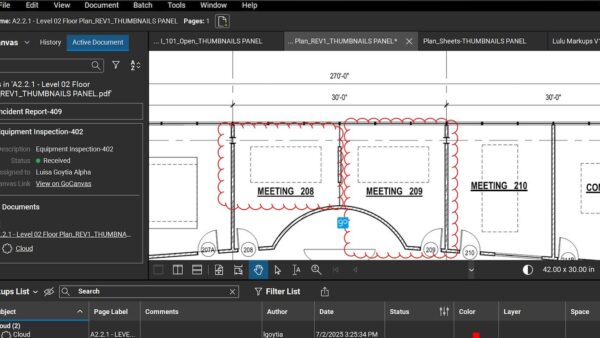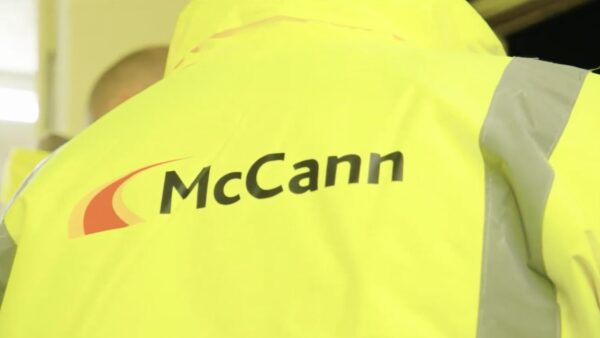The BIM Task Group yesterday provided further details on the implementation of the government BIM mandate, including a “stretch target” that will require government departments to electronically validate BIM data from suppliers by October 2016.
But the Department for Business, Innovation and Skills has also indicated to BIM+ that there are likely to be further announcements on the mandate, subject to confirmation with the new Construction Leadership Council.
Yesterday’s announcements were made at the ICE BIM conference by BIM Task Group member Terry Stocks, formerly of the Ministry Justice but now head of public sector at Faithful & Gould.
Stocks clarified that all centrally funded government departments will have to provide “clear and complete Employer’s Information Requirements (EIR) with all contracts” by 4 April 2016.
He also announced that a new website – www.Level2BIM.org – will be online by the April deadline. This website will become a “permanent document point of reference” and will contain all of the documentation related to the mandate along with guidance and support materials.
The ongoing reviews of PAS 1192 suite of documents – where the BSI is currently consulting on updates to PAS 1192-2 and BS1192:2007 – will also be incorporated into the new Level 2 website.
By 3 October 2016, all centrally funded departments will need to have “the capability to electronically validate BIM information delivered from the supply chain” and will also need to be “making progressively more use of supply chain data for key business activities” by this date.
BIM Task Group chairman Mark Bew explained that the stretch targets were in place to help boost the quality of data now being gathered by the industry. He told the conference: “As we move to BIM Level 3 and beyond, reliability of data is key.”
But the news raised questions for some BIM commentators. Rob Jackson, associate director at architect Bond Bryan, commented: “Whilst I applaud the need for validation, it seems an unrealistic target for industry to respond without clarity now about what will be required. Whilst we have BS 1192-4:2014 (COBie) as a basis for validation, what else will be required?
“At the moment for example there are still question marks over what data is required from product manufacturers. Will validation include NBS or CIBSE’s Product Data Templates? Industry also needs time to embed and test the data standards well in advance of any validation process being used on live projects. A year may seem a long time to some but with annual software releases and people to train this is not a lot of time to respond.”
The announcements apparently followed a meeting of the Construction Leadership Council, the minutes of which of are currently being written up.
But according to a spokesperson at BIS, there is due to be another announcement further detailing the requirements of the mandate in the “near future” once the outcomes of this meeting have been signed off.
The ICE BIM audience was somewhat underwhelmed by the EIR announcement, with Luke O’Rafferty, digital engineer at Laing O’Rourke tweeting: “Given the build up, I’m not sure the announcement that government will have EIRs is that much of a surprise #icebim”
Tekla’s Duncan Reed also told BIM+ that he was “not sure how much of an announcement that was”.
The launch of the Level2BIM.org website, however, met with more enthusiasm. Reed added: “It’s great that the docs will all be in one place. At the moment you have to know where to look and then go to about 10 places to get the information you need. So this should be really useful. The guidance documents will need to really clear and written in plain language to make this really beneficial.”
At the conference it was also confirmed that BS1192:2007 is set to become ISO19650-2 Organization of information about construction works – Information management using building information modelling, with drafts set to go to ISO vote in May.
Turner & Townsend’s George Mokhtar told BIM+ that this was “a step in the right direction for portfolios spanning multiple continents, [as] ISOs are easier to implement with the supply chain”.
Given the build up, I’m not sure the announcement that government will have EIRs is that much of a surprise.– Luke O’Rafferty, digital engineer at Laing O’Rourke, via Twitter














